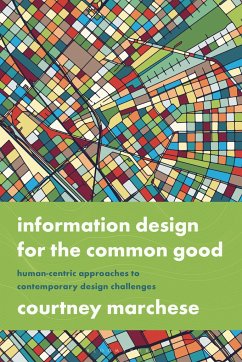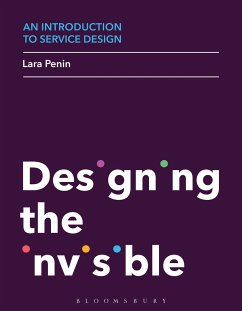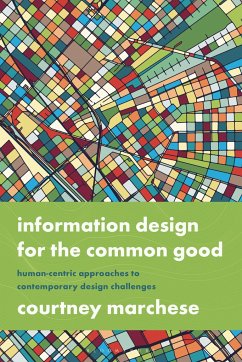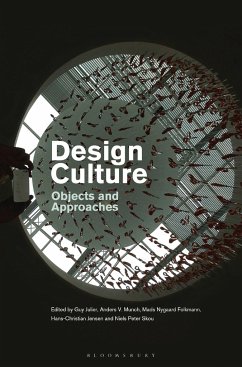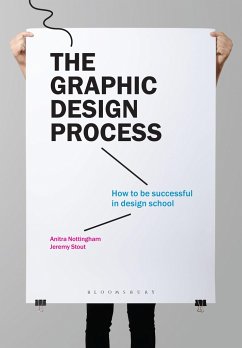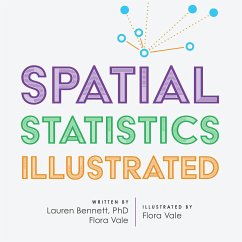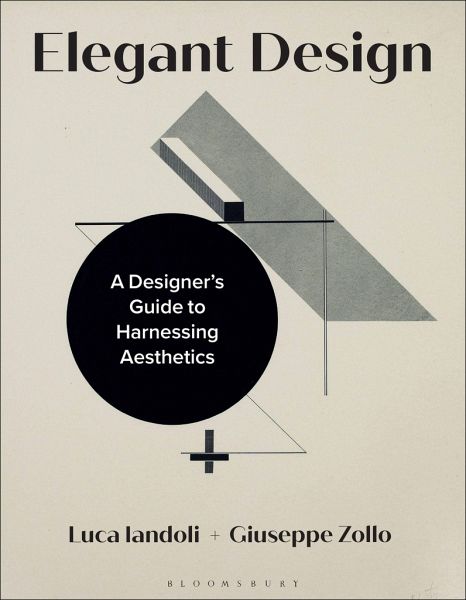
Elegant Design
A Designer's Guide to Harnessing Aesthetics
Versandkostenfrei!
Versandfertig in 2-4 Wochen
35,99 €
inkl. MwSt.
Weitere Ausgaben:

PAYBACK Punkte
18 °P sammeln!
"Analyzing the work of great artists and designers, with the help of psychology, Elegant Design identifies actionable aesthetic strategies to achieve effective design. It shows how to use these strategies to create visual formats that maximize meaning while using minimum information: the outcome is effective complexity. With case studies in design that successfully navigate complexity and simplicity, such as Nest, and with a variety of exercises at the end of each chapter to train your brain to use aesthetics in this way, this book will be your guide to develop a swinging mind: one that may sw...
"Analyzing the work of great artists and designers, with the help of psychology, Elegant Design identifies actionable aesthetic strategies to achieve effective design. It shows how to use these strategies to create visual formats that maximize meaning while using minimum information: the outcome is effective complexity. With case studies in design that successfully navigate complexity and simplicity, such as Nest, and with a variety of exercises at the end of each chapter to train your brain to use aesthetics in this way, this book will be your guide to develop a swinging mind: one that may swing from order and disorder, details and context, equilibrium and disruption, and familiarity and novelty. It will teach you how to create design that is as simple as possible - but not simpler"--




